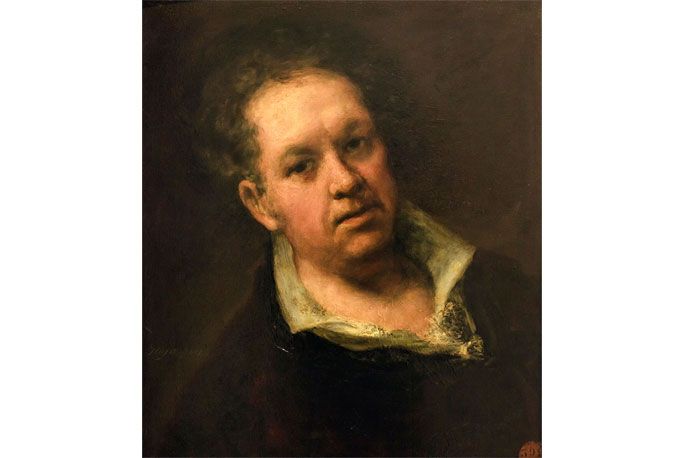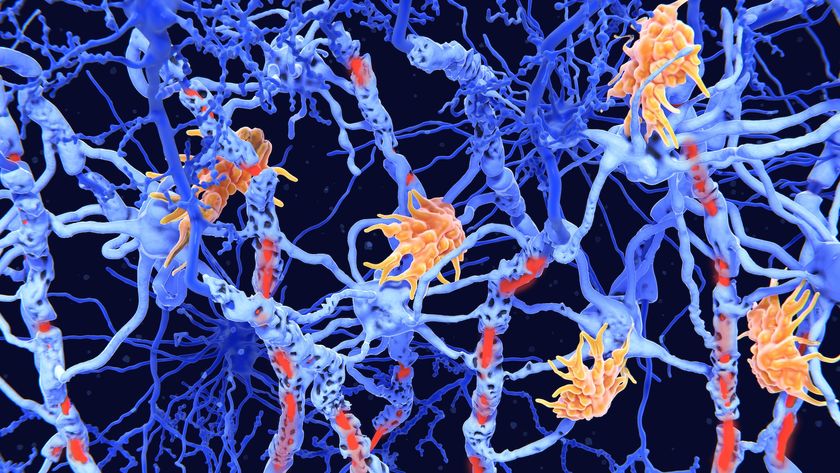Goya's Mystery Illness: Nearly 200 Years Later, Docs Have a Diagnosis

The famous Spanish painter Francisco Goya suffered a mysterious illness and lost his hearing at the age of 46, and now experts may have figured out why.
Goya is considered the most important Spanish painter of the late 18th and early 19th centuries. But in the middle of his career, in 1793, he developed a severe illness that left him bedridden for months. He experienced headaches, dizziness, hallucinations, vision problems and ringing in his ears. Most of these symptoms eventually went away, but the illness left him deaf. He lived to be 82 years old.
At the time he got sick, Goya's illness went undiagnosed, and since then, some experts have speculated that he had bacterial meningitis or syphilis, or had developed lead poisoning from working with paint.
But in a new analysis, Dr. Ronna Hertzano, a surgeon and hearing expert at the University of Maryland School of Medicine, said that Goya may have suffered from an autoimmune disease called Susac's syndrome. In this rare condition, a person's immune system attacks small blood vessels in the brain, retina and inner ear, according to the Cleveland Clinic. Symptoms can include severe headaches, difficulties thinking, psychiatric problems and loss of vision, balance and hearing.
Figuring out a possible diagnosis for Goya's case was a challenge, because "for this particular [case], we do not have written records from his physicians," Hertzano, said. Nevertheless, Goya "had a certain constellation of symptoms" that gave the researchers clues to a possible diagnosis, Hertzano said. [10 Mysterious Deaths and Disappearances That Still Puzzle Historians]
Susac's syndrome would "explain all of his symptoms" and can leave patients with lasting hearing loss, Hertzano told Live Science.
Although syphilis, bacterial meningitis and lead poisoning could all also explain Goya's symptoms, the people who had those conditions in the 18th century usually did not recover the way that Goya did, Hertzano said. Patients with these diseases would be expected to have persistent, progressive disorders, or additional complications, rather than to get better as the famous painter did, Hertzano said.
Sign up for the Live Science daily newsletter now
Get the world’s most fascinating discoveries delivered straight to your inbox.
Still, Hertzano noted that there is no way to make a definitive diagnosis in this case. "The best we can do is speculate," she said.
If Goya had been treated today, doctors would likely have identified the cause of his disease promptly, but "it's still possible that he would have ultimately had hearing loss despite modern medicine," Hertzano said. But today, the painter could receive cochlear implants, which can restore hearing, she said.
Hertzano will present her research on Goya's case today (April 28) at the Historical Clinicopathological Conference, an annual meeting devoted to the diagnosis of historical figures.
Original article on Live Science.

Rachael is a Live Science contributor, and was a former channel editor and senior writer for Live Science between 2010 and 2022. She has a master's degree in journalism from New York University's Science, Health and Environmental Reporting Program. She also holds a B.S. in molecular biology and an M.S. in biology from the University of California, San Diego. Her work has appeared in Scienceline, The Washington Post and Scientific American.












